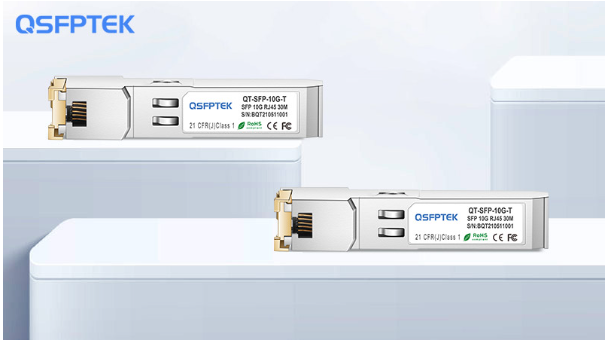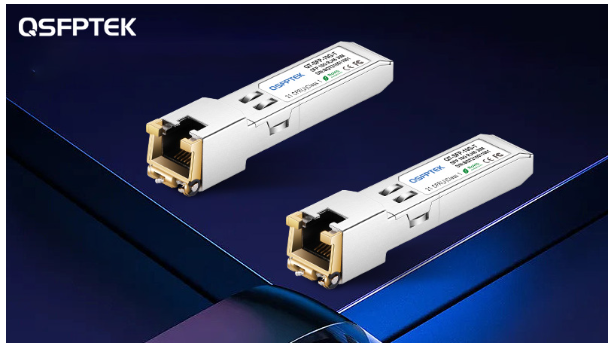Introduction: What is 10GBASE-T?
10GBASE-T is an Ethernet standard for 10 Gigabit Ethernet over copper wires. The standard is popular in data centers and long-distance links. The 10GBASE-T standard has some limitations when it comes to distance and power consumption. The maximum length of a 10GBASE-T cable is 100 meters, and the maximum power consumption for a device with a 10GBASE-T connection is 6 watts.
10GBASE-T is a standard for 10 Gbit/s Ethernet over twisted-pair copper wire. It was developed primarily to support the demand for higher bandwidth in data centers and other enterprise networks. 10GBASE-T is an extension of 10BASE-T and 100BASE-TX, with the addition of two channels to support simultaneous transmission in both directions on a single copper wire. 10GBASE-T can be used to connect data centers together, or for connecting a server rack to a switch. The key benefit of 10GBASE-T over fiber optic cables is that it’s cheaper and easier to install.

The Technology of 10GBASE-T
This section discusses the technology behind fiber optic ethernet, copper ethernet, cat5e vs cat6 wire, and the 10GBASE-T standard.
The 10GBASE-T technology has been around for a while. It is a standard that was created to replace the older Ethernet standards. It uses twisted-pair cable and it can be used with both copper and fiber optic cables. The 10GBASE-T standard was designed to provide high-speed data transmission over long distances.
10GBASE-T is a fiber optic ethernet standard that provides 10 gigabit/s over twisted-pair copper wire. The 10GBASE-T standard was ratified by the IEEE in 2005 and is now widely used in data centers and on the desktop. This standard uses all four pairs of copper wire, while earlier standards only use two pairs. This means that it can carry twice as much data as other standards like 100BASE-TX or 1000BASE-T, which are limited to two pairs of wires.
Why Would You Need to Implement a 10GBASE-T System?
When designing a network infrastructure, there are many considerations that need to be made. These considerations include the business needs and technical requirements of the company. One consideration is the type of cabling used for connections. A 10GBASE-T system would be an appropriate choice for a company that needs to transfer large amounts of data quickly.
A 10GBASE-T system is considered a “point to point” connection, meaning it only has one connection point on either end. This type of connection can be difficult to install because it requires an open port on both sides of the network device, which may not always be possible in some businesses. In order to increase bandwidth on your network, you need to implement a 10GBASE-T system. This is the best solution for the business needs vs technical requirements.
10GBASE-T is a type of Ethernet that has been designed to provide 10 Gbit/s through twisted-pair copper cables. It operates at 100 MB/s in full-duplex mode and provides up to 20 times the bandwidth of current Gigabit Ethernet implementations.

Conclusion
This article describes the application of 10GBASE-T and how it works. 10GBASE-T copper modules are generally used for short-haul copper transmission and are designed to be cost-effective and can be used directly in today’s copper infrastructure, making 10GBASE-T copper modules highly desirable for data centers. This makes 10GBASE-T copper modules a popular choice for data centers. If you would like to learn more about 10GBASE-T copper modules, please contact QSFPTEK via sales@qsfptek.com.








